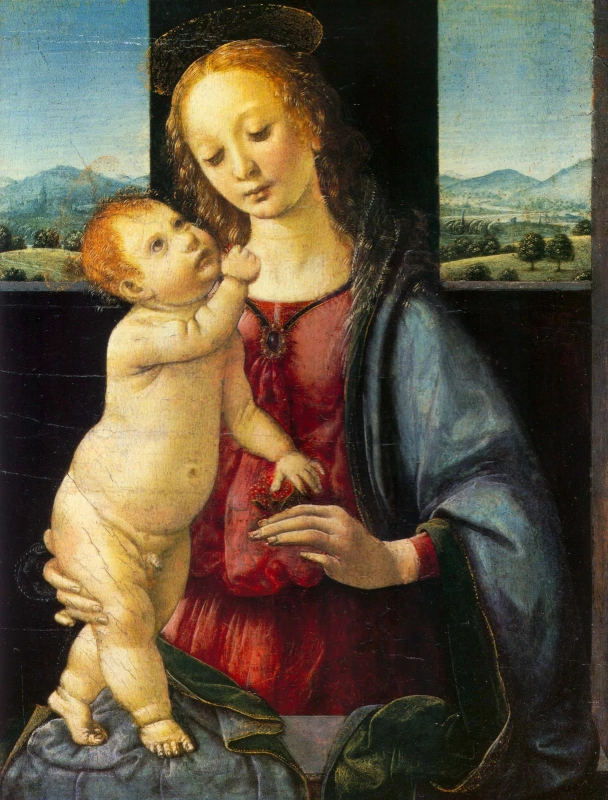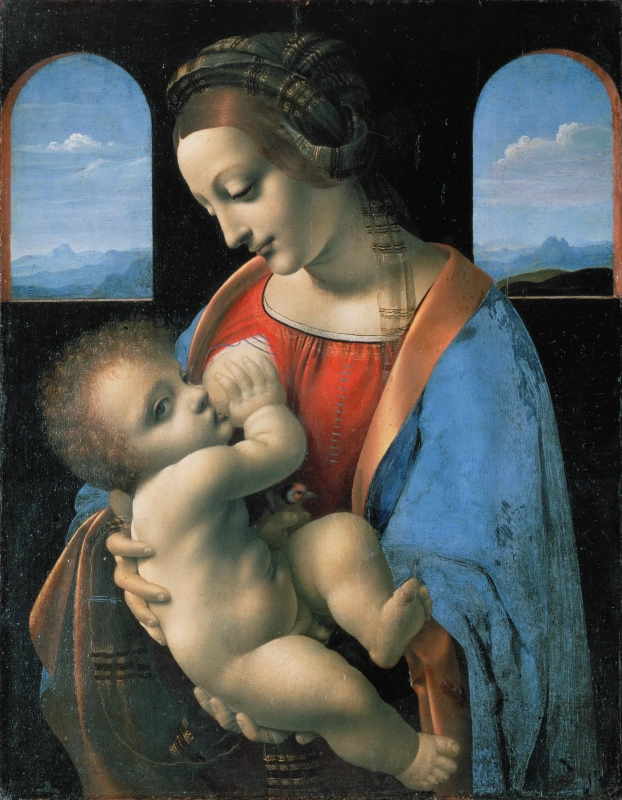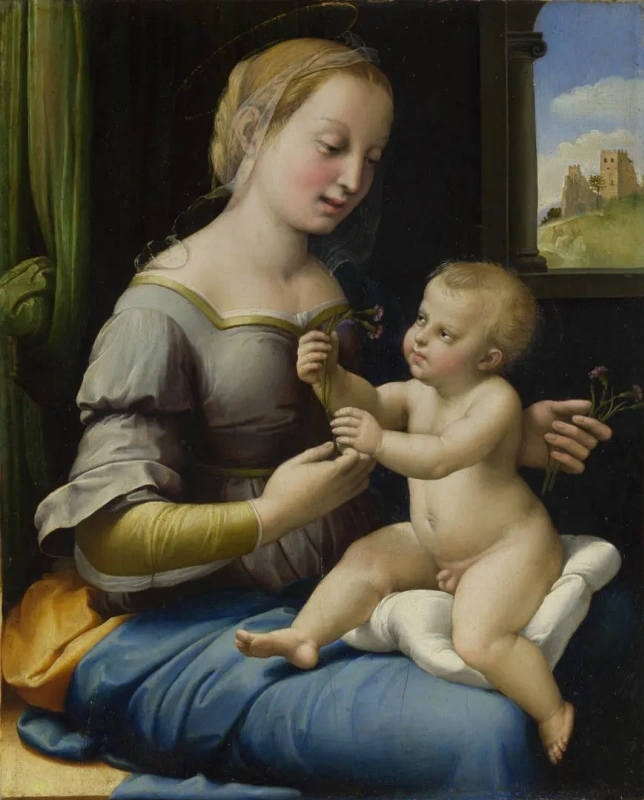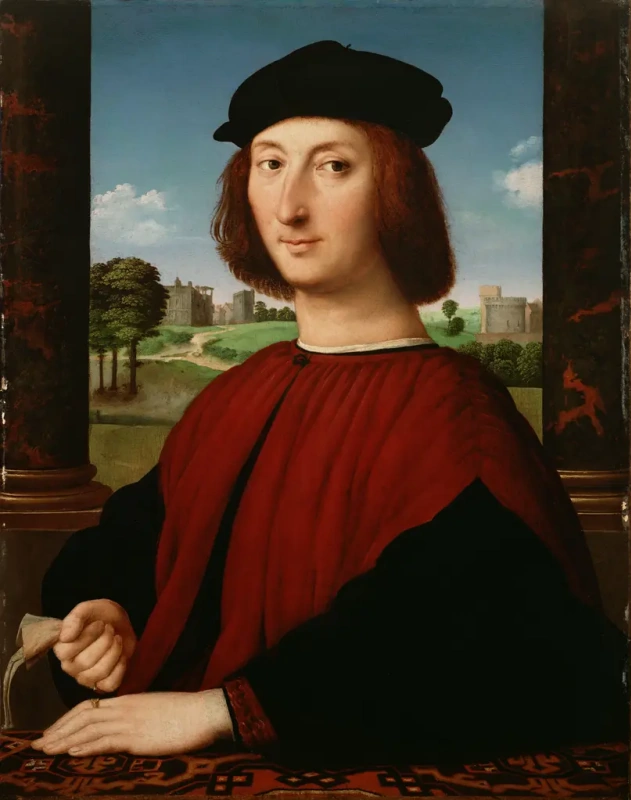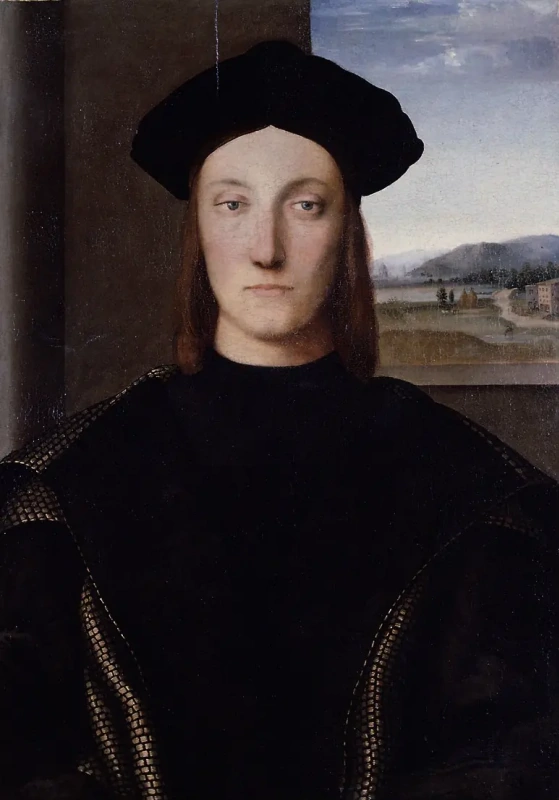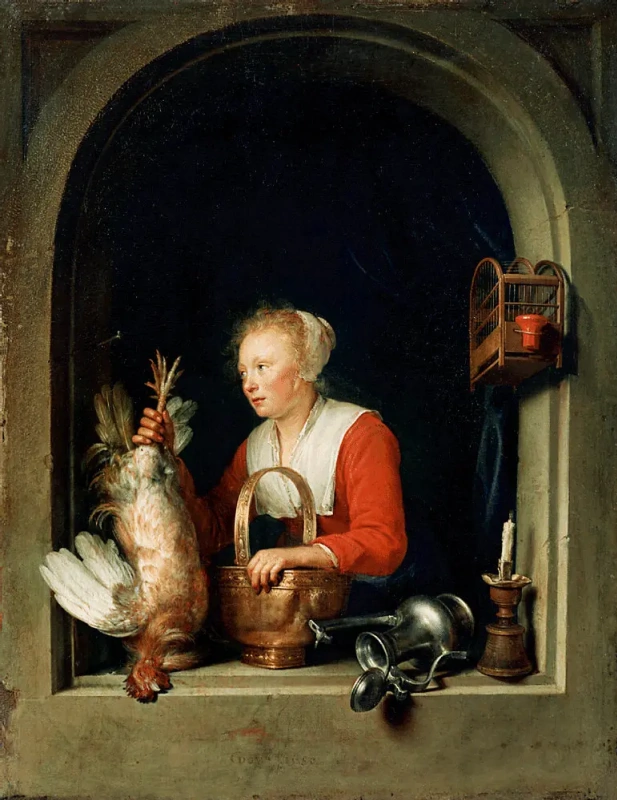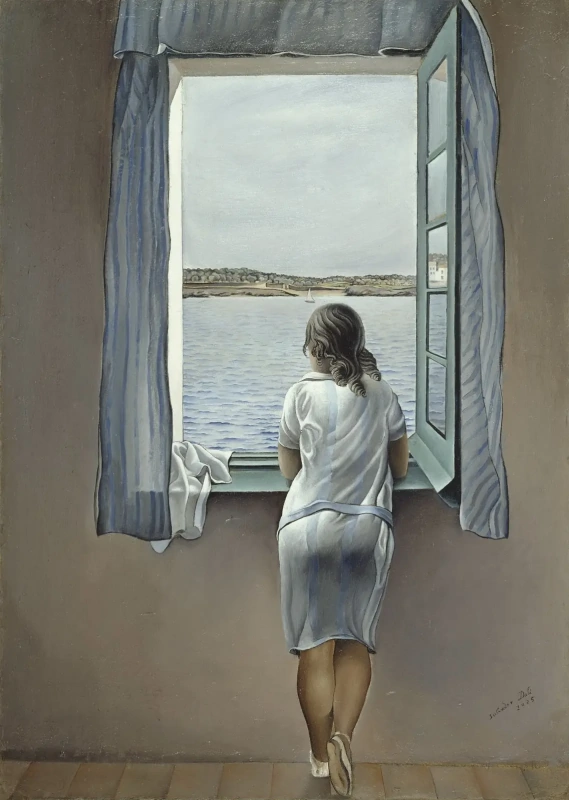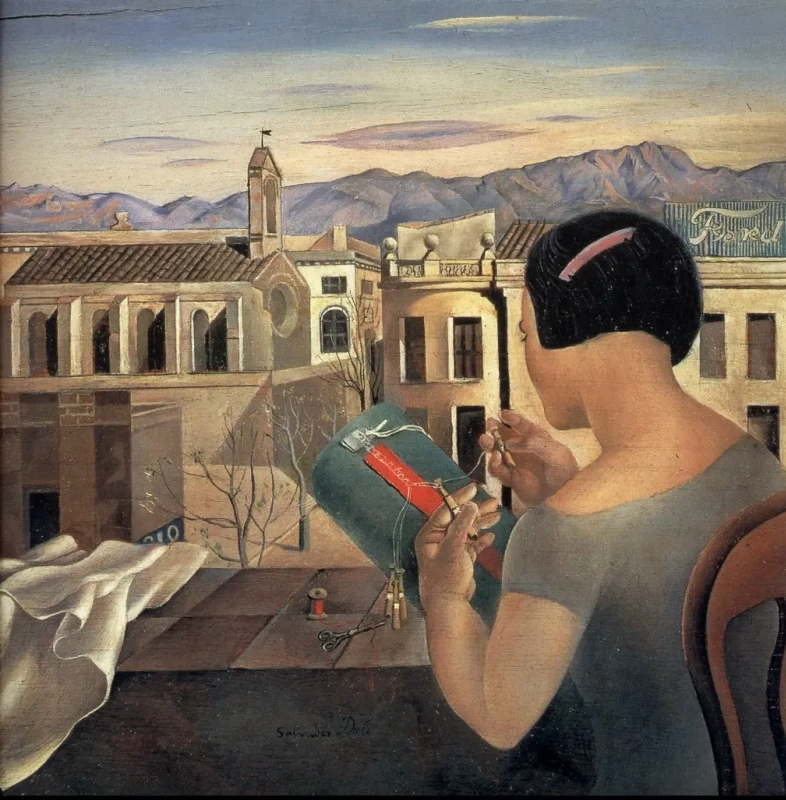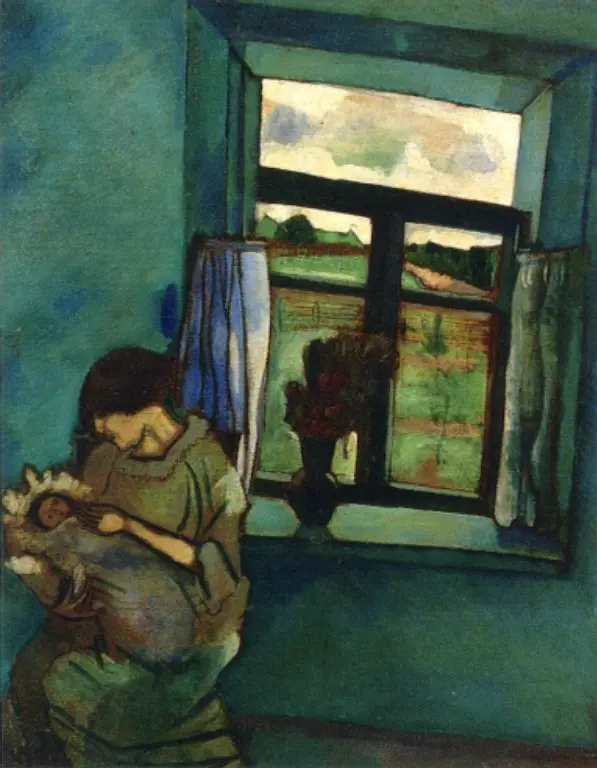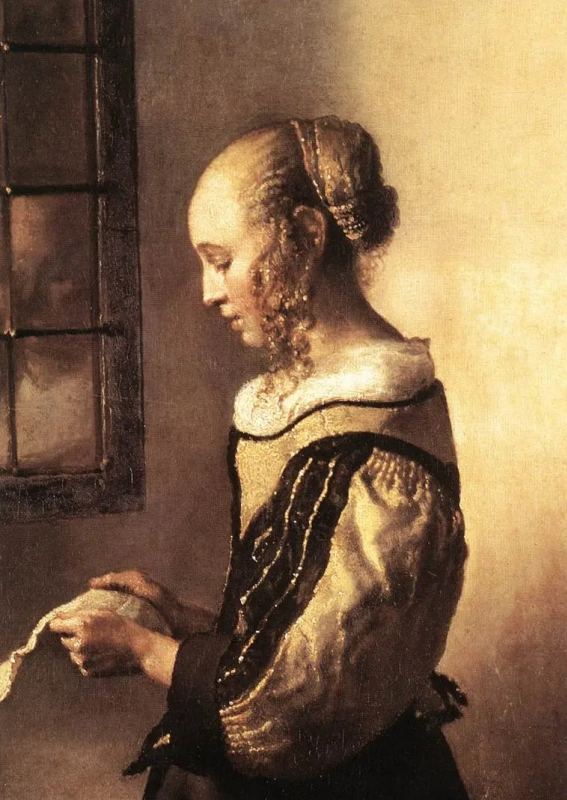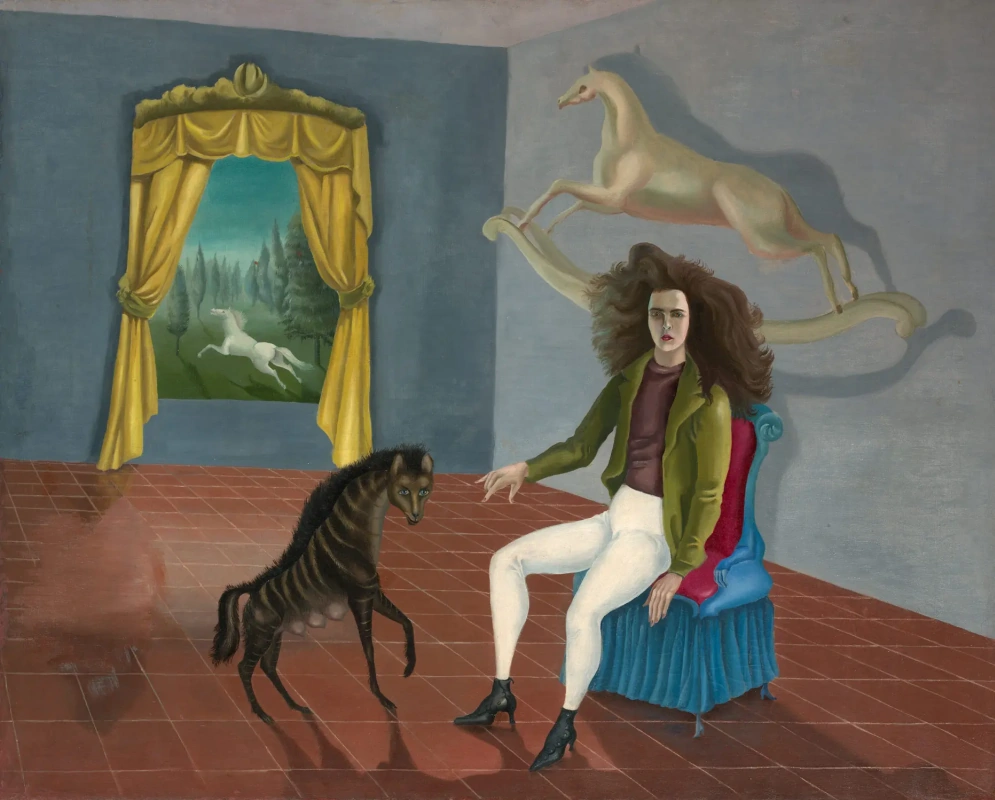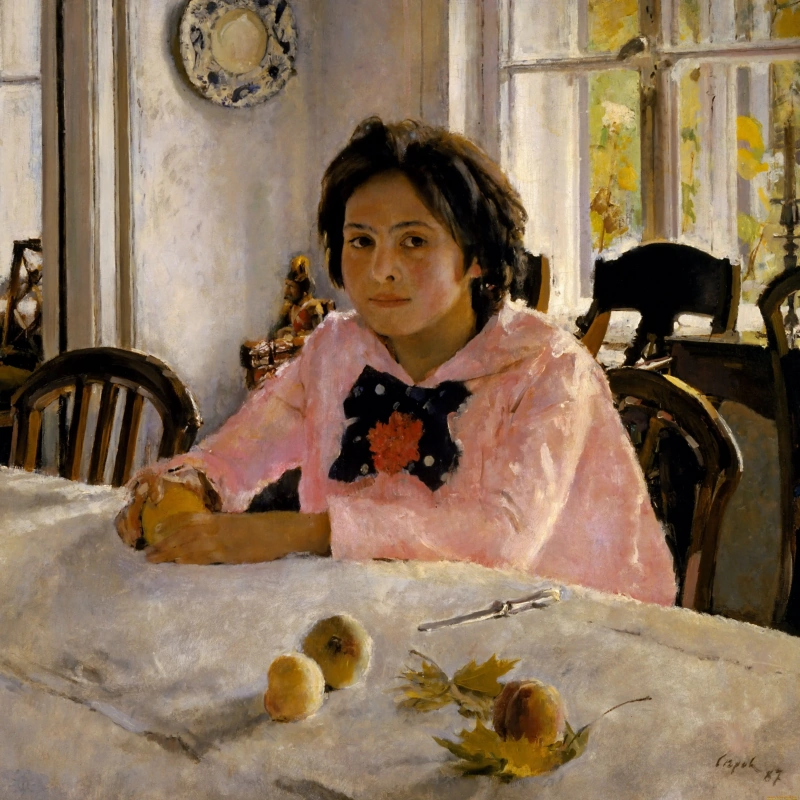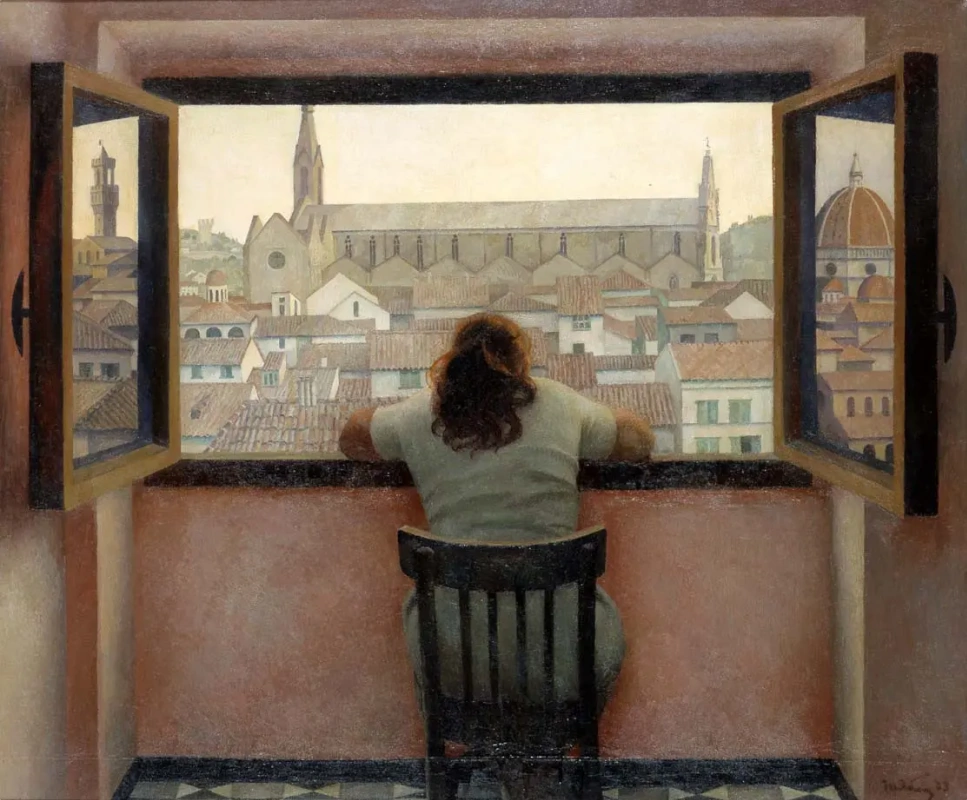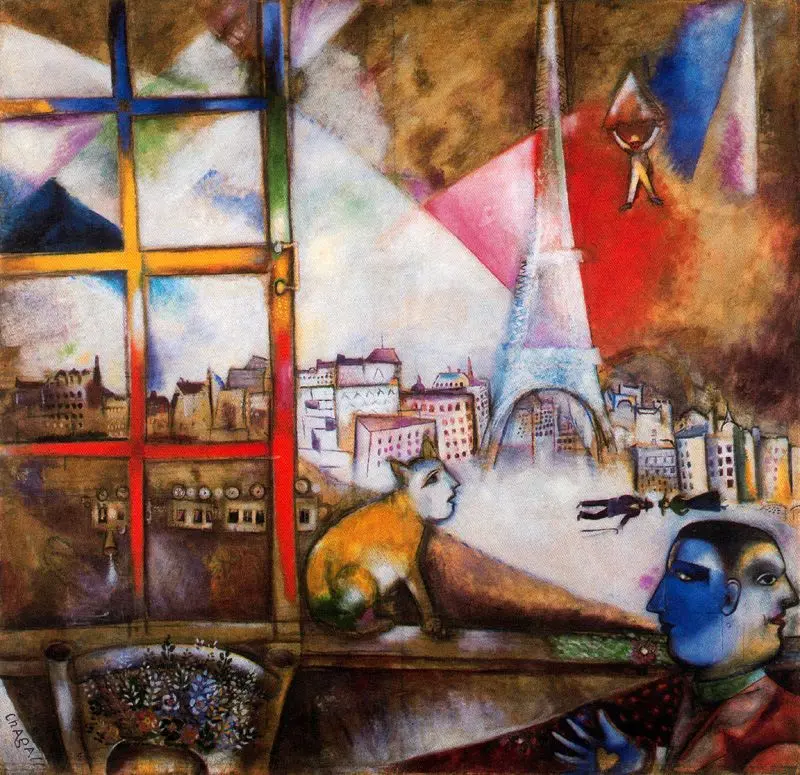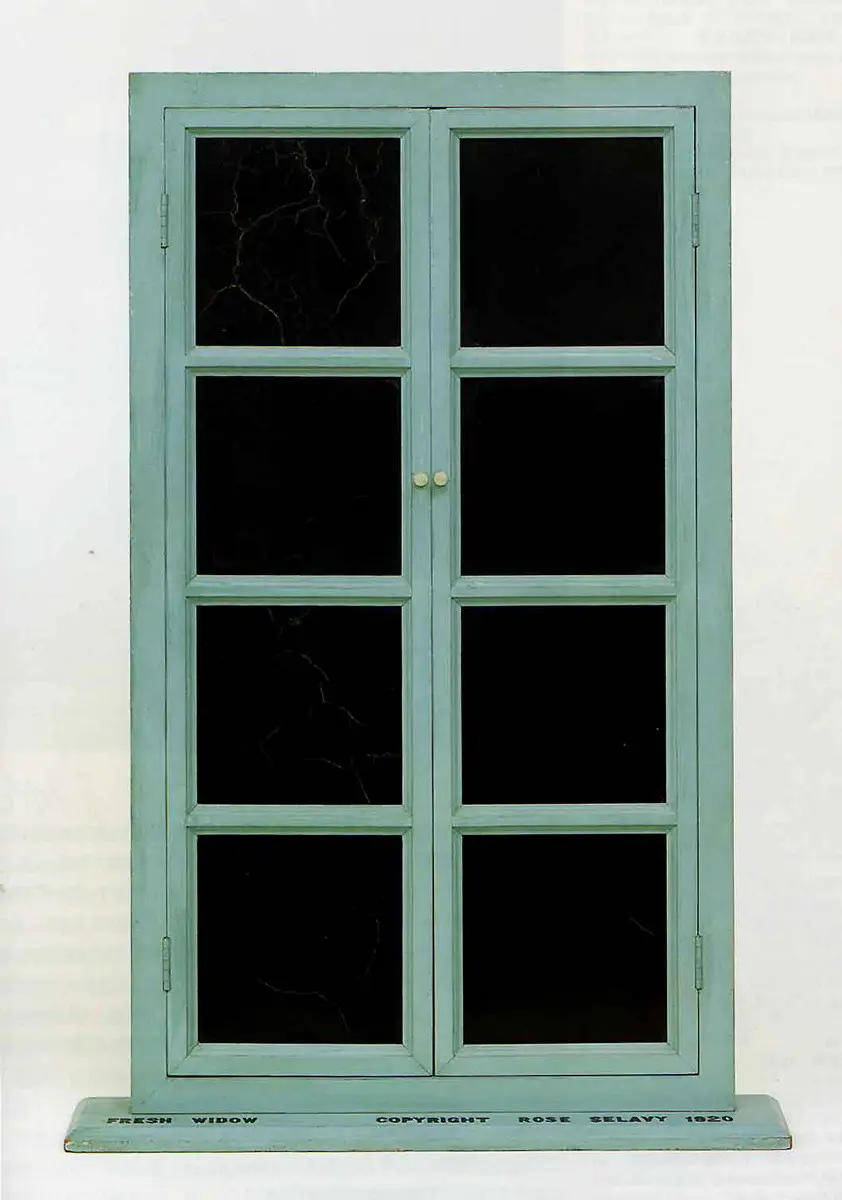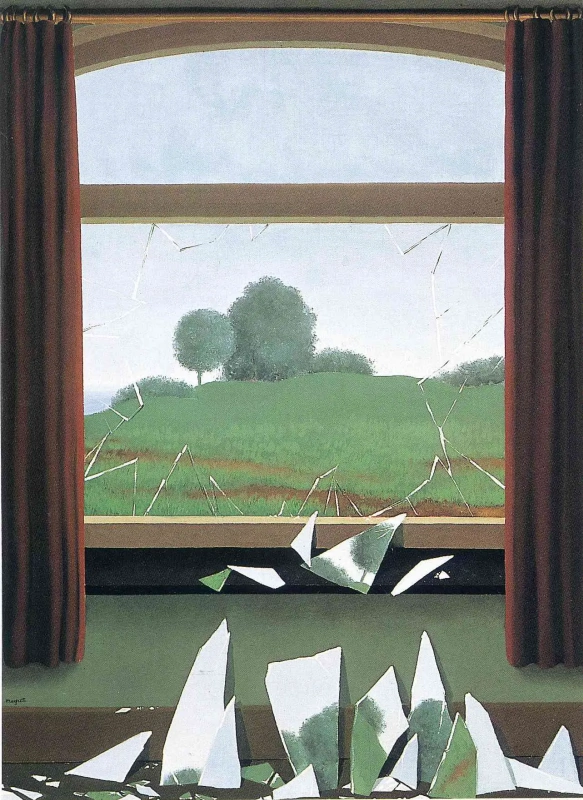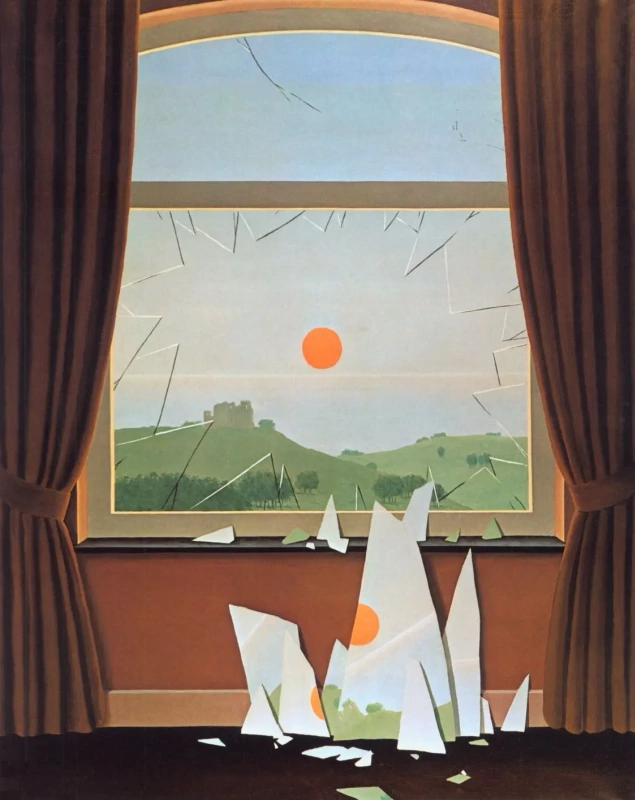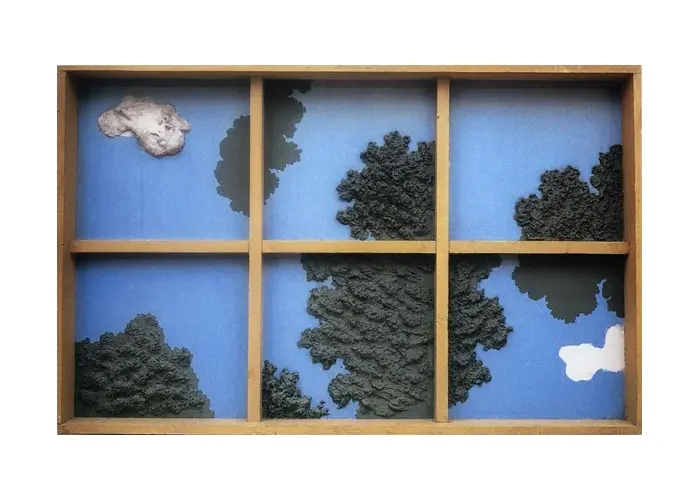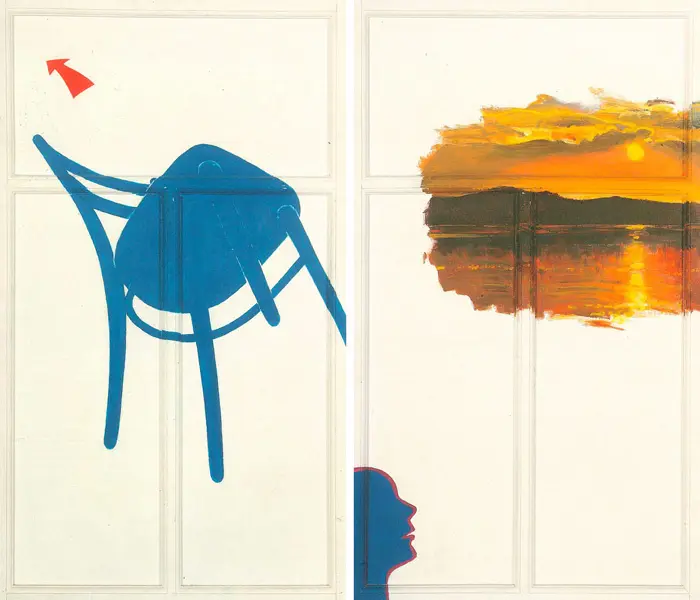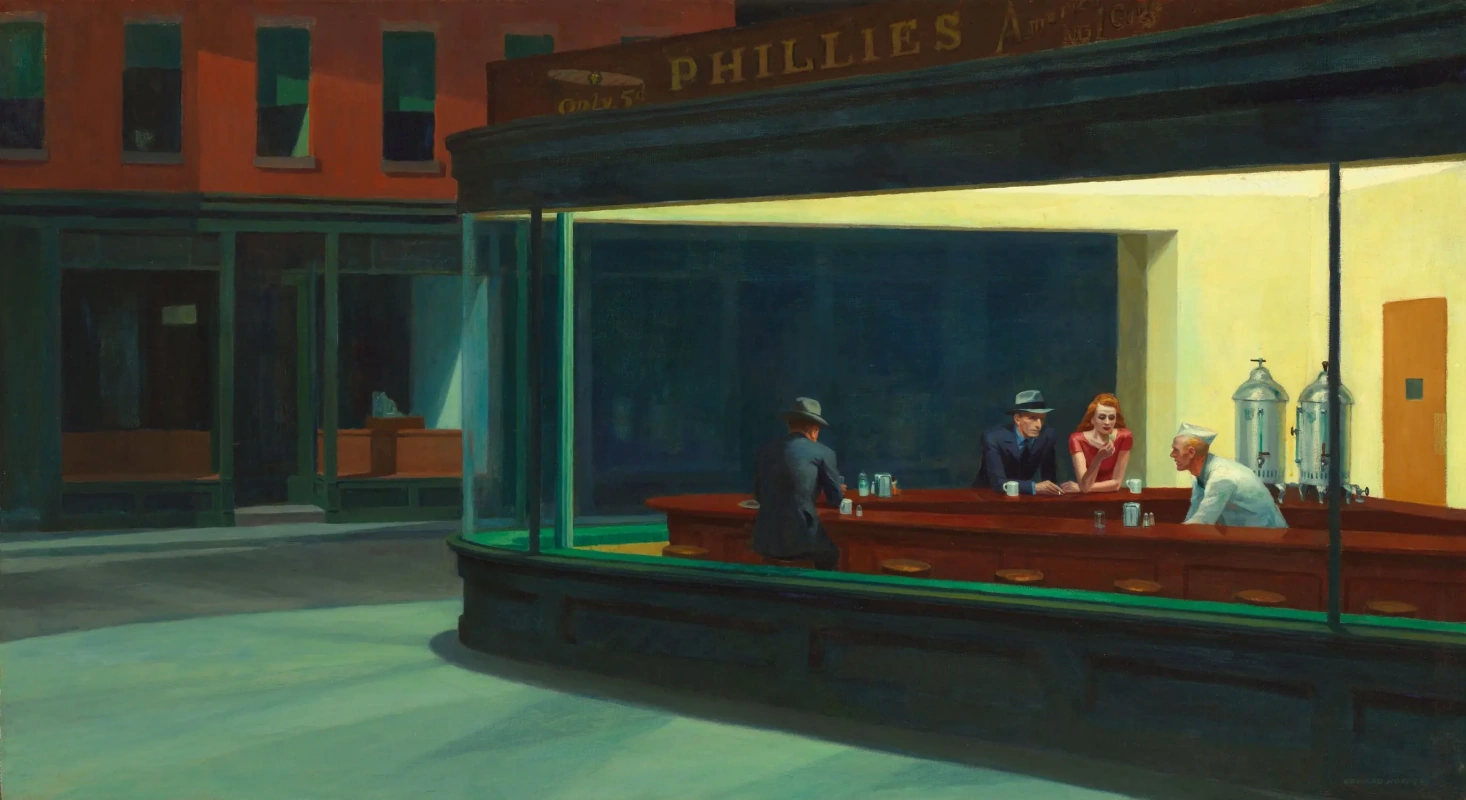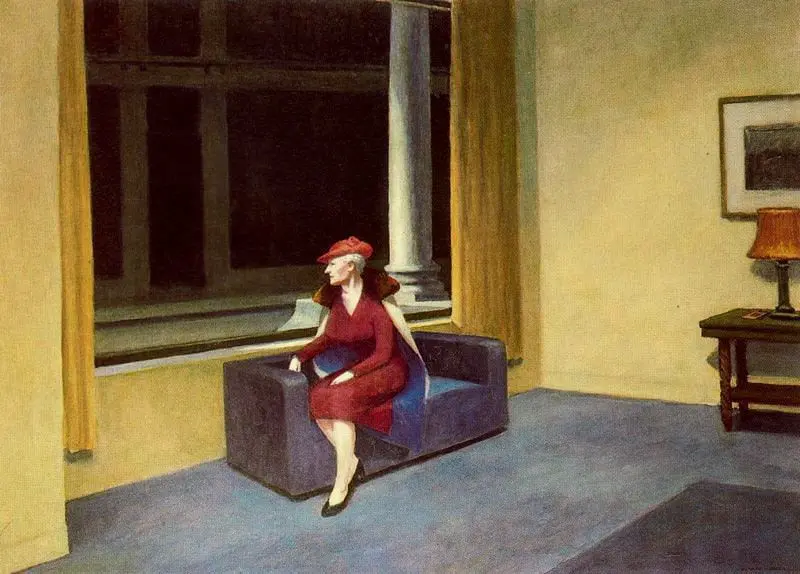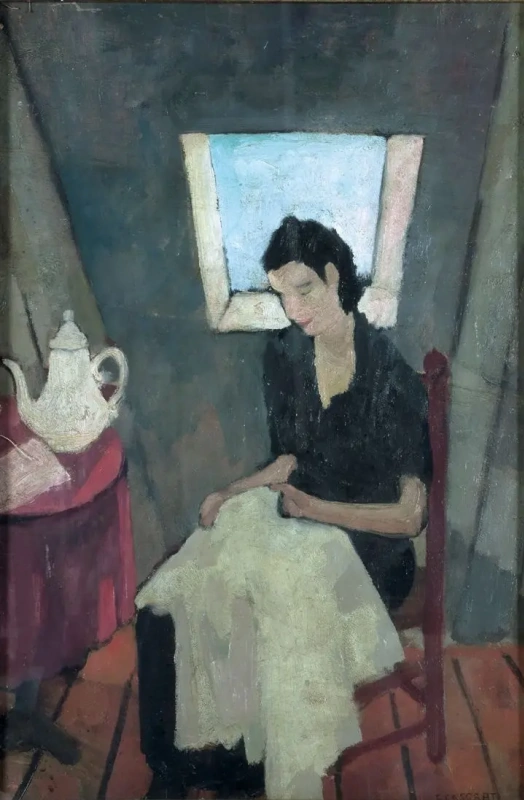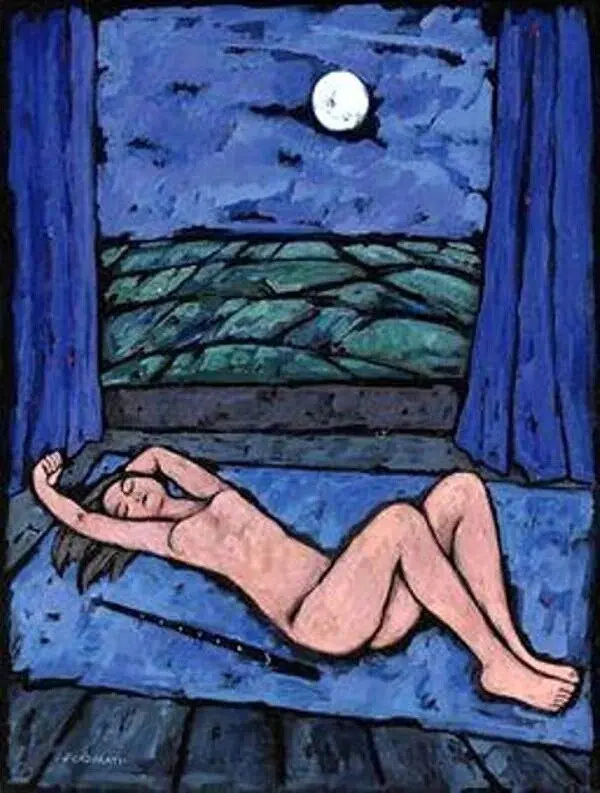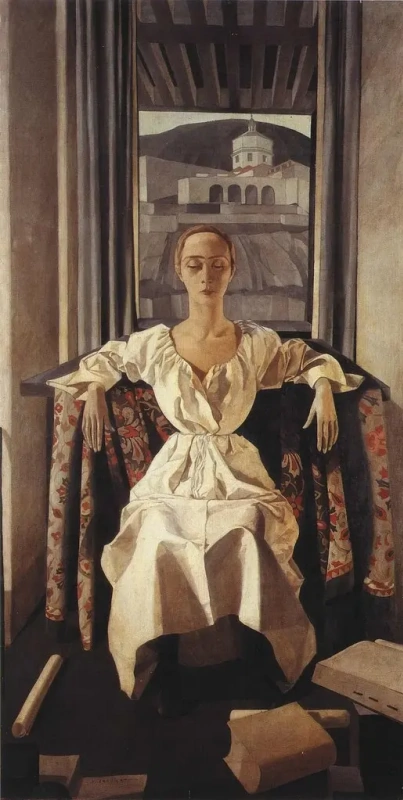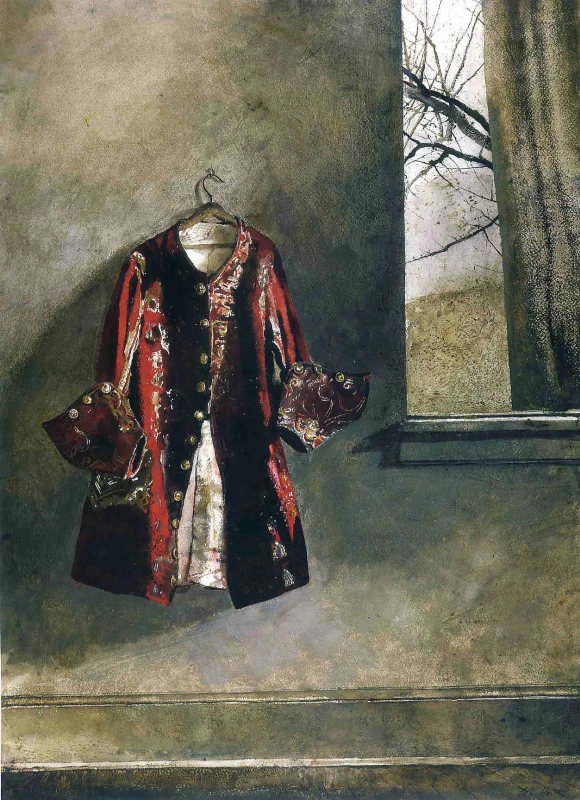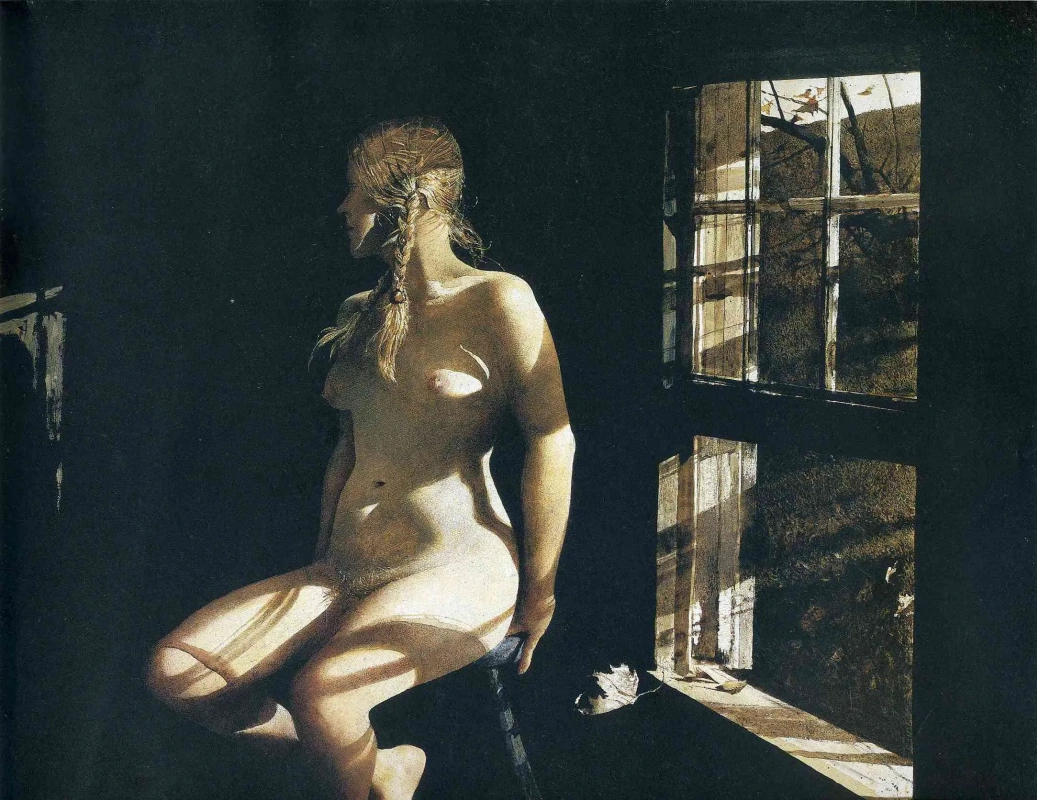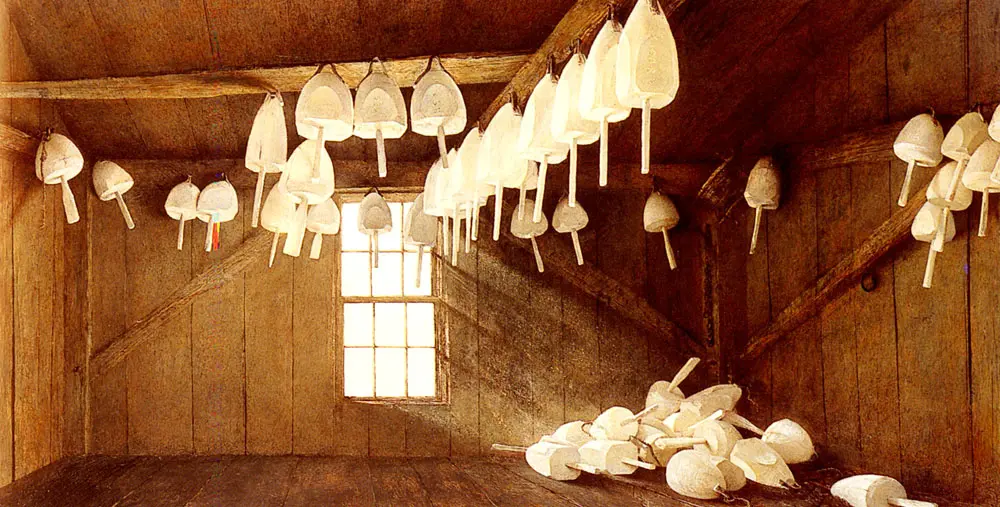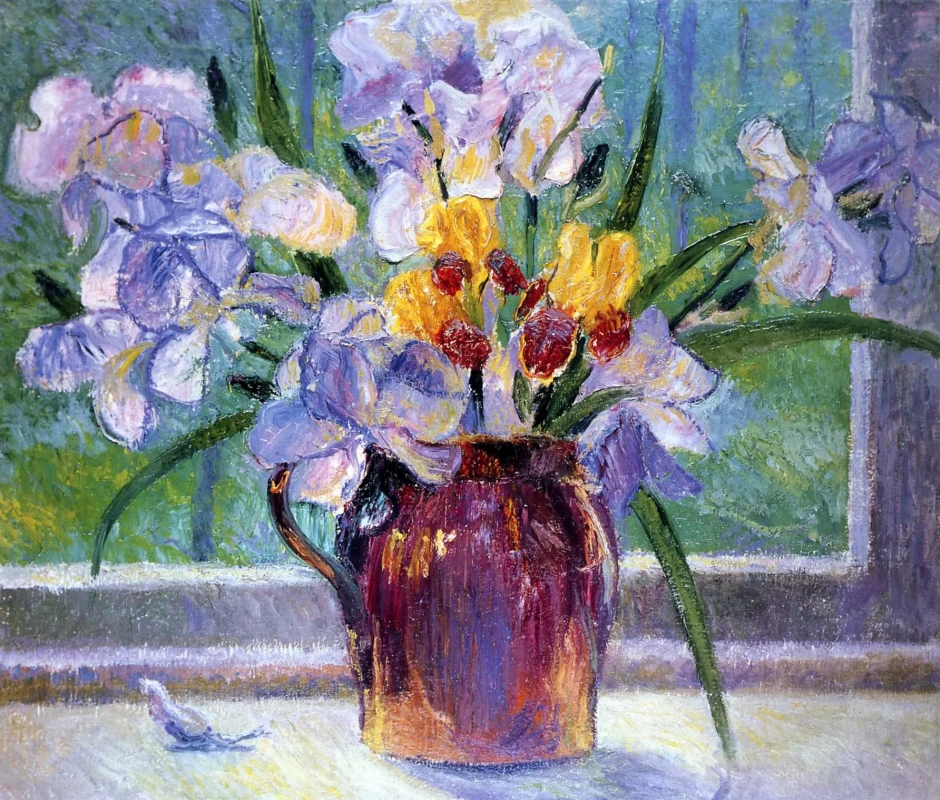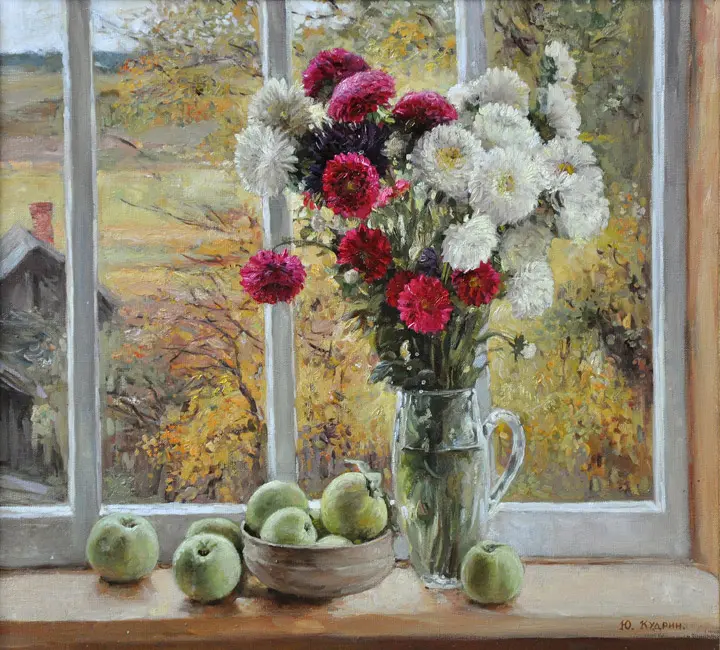
From a Small Window to a Big Window
The window, a familiar element of the interior, as well as the exterior, didn’t "realize" its significance in human life right away. The first windows were small, dull, barely let in light and looked more like stained glass blanks which was successfully used in sacral architecture. The light pouring into the temple from heaven was perceived as the equivalent of the Divine presence, and three windows in the church in theSize matters
Italian glass blowers were the first in Europe who started to produce relatively large and transparent glass. This technological breakthrough, as well as large tripartite (so-called "Venetian") window’s popularity in architecture, played a decisive role in the growing eminence of the window during the intellectual revolution of Renaissance. The frame started drawing attention to the landscape which appeared as a completed picture intended for contemplation. The priority of the "spiritual" vision of the artistic world (and the windows are known to be the "eyes of the soul"), established by religion and the church and reigning in the Middle Ages, changed. At that time people united with the material world through a window. That’s how Leon Battista Alberti, one of the leading theorists of Renaissance art, viewed painting — as the open window to the other world indicated by the borders of the frame ."A country house… a windowsill… Where she sits waiting… waiting still!"
The alliance of the window and the picture had been and remained very strong, although in most cases this architectural detail served as a source of light in the pictures. Quite often the window opening would become the centre of events. It was there that the amorous peripeteia occurred: waiting for a glance, silent dialogue, demonstration of appearance… At the window dates were being appointed, serenades sung and it was through the window how people ran to their beloved ones in the novels. And in the window, as a rule, you could see a woman, a girl, in general — a female person of any age.Harbour of the captives of hearth
The luminous element of the interior became a key point for romantic artists, and the person, peering into the unknown distance outside the window — a favorite character. Such a plot contained contradictory symbolism: on the one hand, there was a call to break away from the dull everyday life, leave the boundaries of the house, petty bourgeois existence and rush into the distance, and on the other hand — the obvious impossibility to escape from the reality of banal life. In these stories, the leading role was given to a woman who was a captive of hearth. It was the romantic artists who sowed the seeds of emancipation.
The window in the picture of Caspar David Friedrich is an important intermediary between the inner and outer world. The artist is looking at the colorful world, contrasting with the dull brown interior. The window is the harbor from which ships sail away into unknown expanses, into the open sea of passion, towards unpredictable encounters and experiences.
A note for the mistress
Landscape artists keep it simple with depicting windows. They tend to convey the beauty "just the way it is" instead of thinking about the symbols and deep sense of images. And for the adepts of the realistic direction, the window is the authenticity element of the "scene from home life".
The multidimensionality of space and time
The Symbolists and Fauves Raoul Dufy and Henri Matisse saw the metaphor of the world’s versatility in the window. The idea was also shared by Marc Chagall.In his picture "Open Window at Collioure" Matisse combined the landscape and the interior, ignoring the laws of perspective. "…The atmosphere of the landscape and my room are one and the same," said the artist. The viewer sees what is in the distance, and, at the same time, realizes himself in a particular place — in such a way the artist created a peculiar artistic opportunity to unite personal and surrounding space.
The view to nowhere
Marcel Duchamp was preoccupied by the themes of vision and perception. He wrote: "I used the idea of the window to take a point of departure, as… I used a brush, or I used a form, a specific form of expression… I could have made 20 windows with a different idea in each one…" In 1920, the artist introduced the work called "Fresh Widow", a small version of the double doors commonly called a French window. By changing a few letters, Duchamp transformed "French window" - which the work resembles in form — into "Fresh Widow," a reference to the recent abundance of widows of World War I fighters. It is useless to look at that window: a view through windowpanes is thwarted by opaque black leather, which Duchamp insisted "be shined everyday like shoes" during the exhibition. Thus Duchamp, who was associated with Dadaism , refused to look at the world outside the window and proclaimed total unknowability of Being, giving place to a new pictorial reality.
Loneliness is boredom
In the twentieth century, the new construction technology freed the wall from the support function and made it possible to turn it into a "solid window". Continuous transparency creates a feeling of complete openness, lack of boundaries, and unity of space inside and outside the walls. Thus, the window began to function not only as an architectural decoration, but also as a boundary separating space and worlds, human souls, people.
Symbol of the structured society
Andreas Gursky prefers to take pictures of repeating fragments which form abstract patterns, and windows of block buildings completely satisfy his ideas. With the help of his camera, the German photo artist saw the postindustrial society as a huge well-organized structure, a single organism working in an ideal rhythm.










